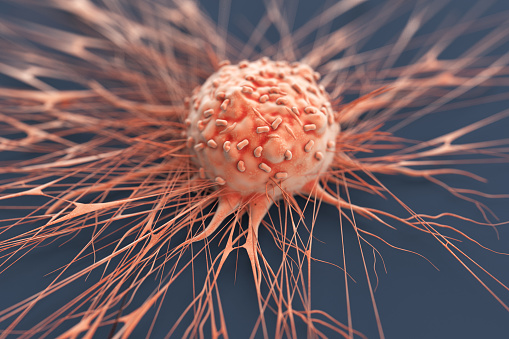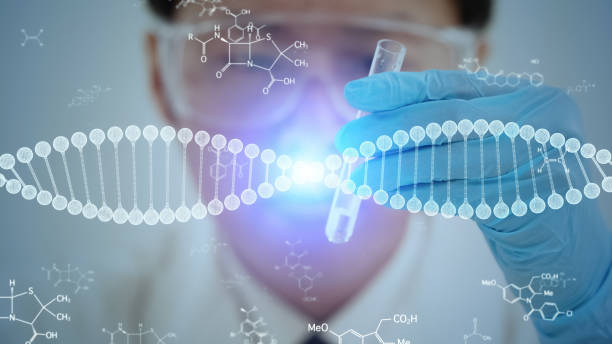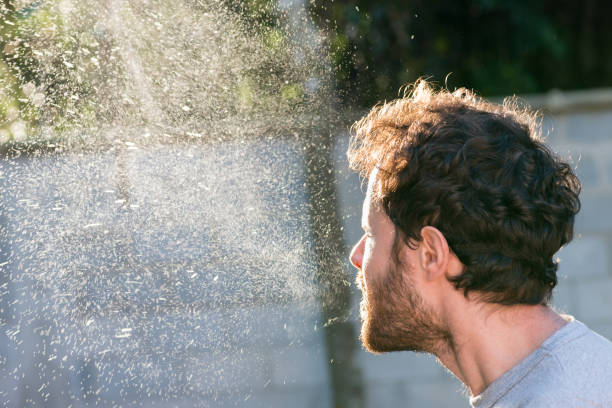Red Light Therapy Benefits & Side Effects
People are using red light therapy more and more for its unique benefits and trusted efficacy. Here are some red light therapy benefits.
What is Red Light Therapy?
Red light therapy is a low-level laser therapy that is intended to stimulate certain biological processes beneath the skin, including regeneration, repair, and blood flow, among others. This approach to non-invasive healing is celebrated in both Eastern and Western medical practices, which is quite rare. In America and Europe, this type of therapy goes by many names, including photobiostimulation, photonic stimulation, and low-intensity light therapy, among others. In India and other parts of Asia, this procedure is known as Colorpuncture and focuses a narrow beam of red light to mimic the insertion of an acupuncture needle at specific points. While there are a few minor safety concerns for people with specific health conditions, red light therapy is generally considered very safe.
How Does Red Light Therapy Work?
When a red LED light with a wavelength of between 620nm and 800nm is shined on the skin, it penetrates to roughly 10 millimeters. Unlike more dangerous ultraviolet radiation that can give you sunburns and increase your risk of cancer, red light therapy does not have those harmful side effects. In fact, it is considered an effective means of boosting collagen production, reducing inflammation, and stimulating your lymphatic system. This process does not generate any heat, and doesn’t damage healthy cells; instead, it has a positive effect on the nervous system, metabolism, and regenerative processes. Depending on the area of your body exposed to the light, as well as the desired effects, a session could last between 10 and 45 minutes and may be repeated once each week for up to three months.
Red Light Therapy Benefits

The many red light therapy benefits include its ability to heal wounds, prevent premature aging, reduce depression, and strengthen the immune system, among others.
Skeletal Health
This treatment can help to repair soft tissue and stimulate the production of collagen in the joints, which can improve skeletal health and reduce symptoms of arthritis.
Cancer
This therapy has been shown to reduce the impact of oxidative stress and inflammation, which can protect against cancer formation, particularly in the skin.
Hair Loss
When this therapy is administered to the scalp or areas where you are losing hair, it can stimulate circulation and bring new life to follicles and stop hair loss.
Depression and Fatigue
Using this therapy on the thyroid has shown remarkable results, and improved hormonal control throughout the body, which can aid in managing mood and depressive symptoms.
Wound Healing
By increasing circulation, this therapy can speed the formation of collagen and the healing of wounds.
Immune System
A key component of the immune system is the lymphatic system, which transports waste products; this therapy can kick the lymphatic system into high gear, clearing the skin of toxins.
Anti-Aging Effects
Those same antioxidant processes will also reduce the appearance of blemishes, wrinkles, and age spots, helping to keep you look young.
Side Effects
There are very few side effects to this therapy, although some people report the following:
1. Burning sensations
2. Nausea
3. Dizziness
4. Swelling
You may want to reduce your time under the light and inform the therapist how you are feeling. Furthermore, if you have an autoimmune disease, cancer or are pregnant, it is best to avoid using this light-based therapy.
Red Light Therapy vs. Blue Light Therapy
The primary difference between these two light therapies is their intended effect and the wavelength of light being used.
The red light variety, as mentioned, is known to stimulate collagen production and circulation by penetrating slightly deeper into the skin.
Blue light therapy does not penetrate as deeply and is more intended for eliminating bacteria and other potential infections that may be causing skin problems. Sun damage, acne, and psoriasis are some of the conditions for which blue light therapy is recommended.






